Discover 15 hidden attractions, cool sights, and unusual things to do in Lucknow (India). Don't miss out on these must-see attractions: State Museum, Residency, and Bara Imambara. Also, be sure to include Sikandar Bagh in your itinerary.
Below, you can find the list of the most amazing places you should visit in Lucknow (Uttar Pradesh).
Table of Contents
State Museum
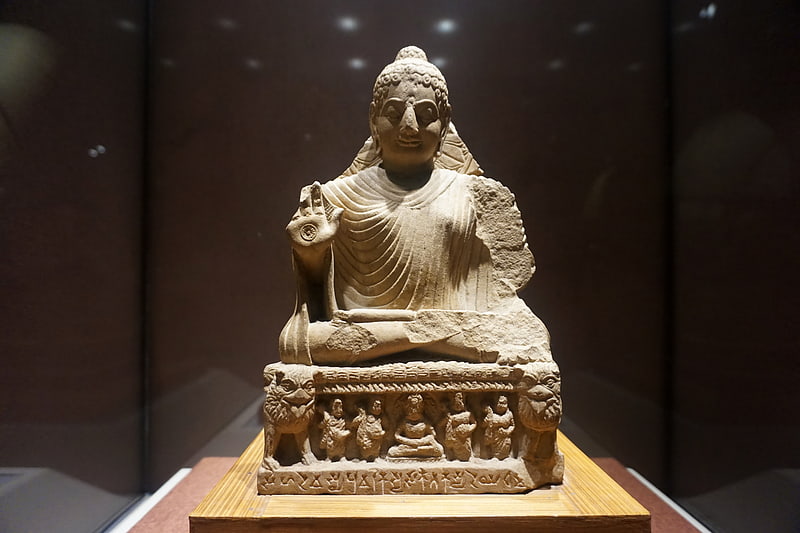
The State Museum, Lucknow is a prominent museum located in the capital city of Uttar Pradesh, India. The museum is currently located in the Nawab Wajid Ali Shah Zoological Gardens, Banarasi Bagh, Lucknow. The museum was established in 1863 from the collection of Colonel Abbot, and was given the status of ‘Provincial Museum’ before being renamed the ‘State Museum’ in 1950.
The collection housed in the museum consists of objects from the prehistoric period, bronze age, plaster casts of famous figurines from the Indus Valley Civilization, as well as a rich collection of numismatics, paintings, manuscripts and textiles....[1]
Residency

The Residency, also called as the British Residency and Residency Complex, is a group of several buildings in a common precinct in the city of Lucknow, Uttar Pradesh, India. It served as the residence for the British Resident General who was a representative in the court of the Nawab. The Residency is located in the heart of the city, in the vicinity of other monuments like Shaheed Smarak, Tehri Kothi and High Court Building.[2]
Bara Imambara
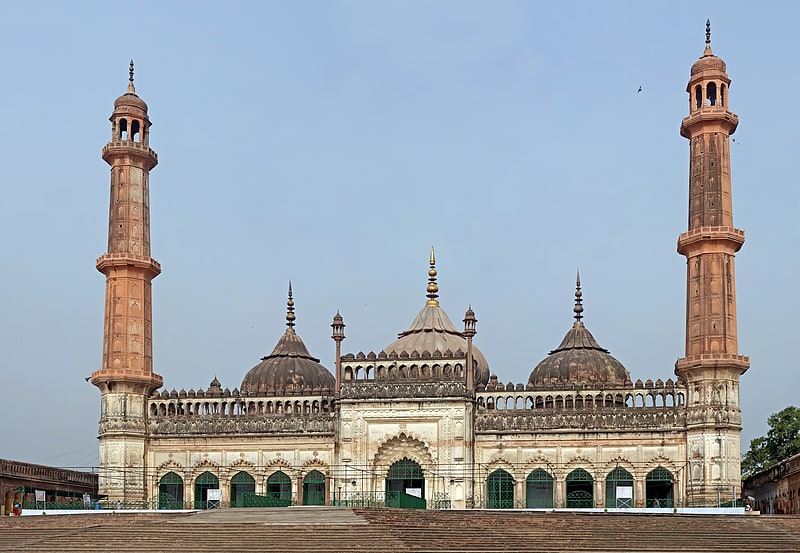
Also known as: बड़ा इमामबाड़ा
Colossal edifice known for its maze. Bara Imambara, also known as Asfi Imambara is an imambara complex in Lucknow, India built by Asaf-ud-Daula, Nawab of Awadh in 1784. Bara means big. This imambara is the second largest after the Nizamat Imambara.[3]
Sikandar Bagh
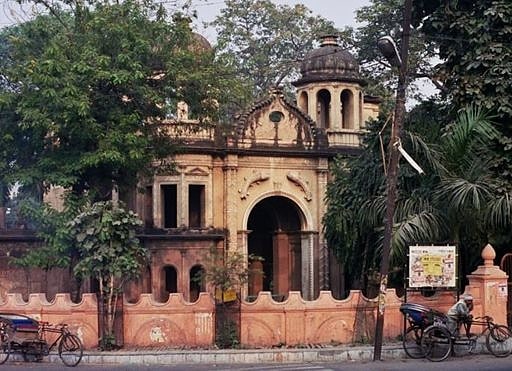
Also known as: सिकन्दर बाग़
19th-century nobleman's villa and garden. Sikandar Bagh, formerly known by the British as Sikunder/Sikandra/Secundra Bagh, is a villa and garden enclosed by a fortified wall, with loopholes, gateway and corner bastions, approx. 150 yards square, c. 4.5 acres, located in the city of Lucknow, Oudh, Uttar Pradesh, India. It was built by the last Nawab of Oudh, Wajid Ali Shah, as a summer residence. The name of the villa signifies '"Garden of Sikandar", perhaps after Alexander the Great, whose name lives on in this form in these parts, or perhaps after Sikandar Mahal Begum, the Nawab's favourite wife. It was stormed in 1857 by the British during the Indian Rebellion and witnessed within its walls the slaughter of all 2,200 sepoy mutineers who had made it a stronghold during their Siege of Lucknow. The site now houses the National Botanical Research Institute of India.[4]
Ambedkar Memorial
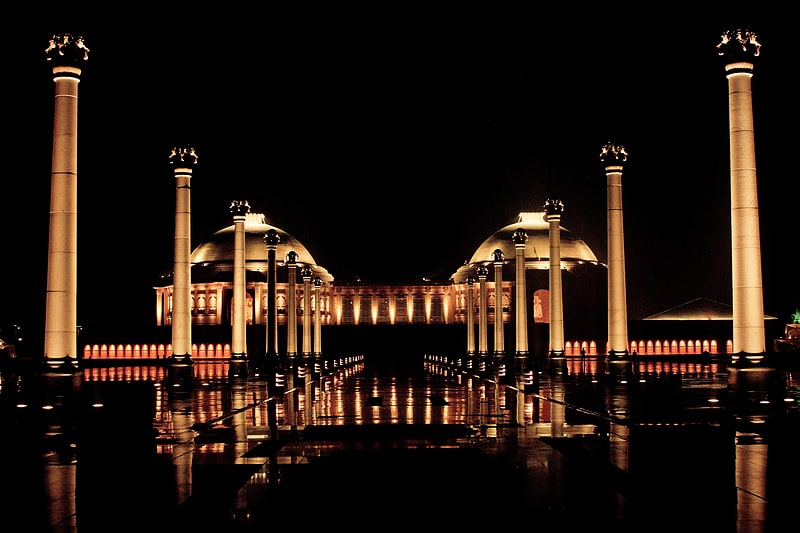
Also known as: आम्बेडकर उद्यान, लखनऊ
Memorial park in Lucknow, India. Ambedkar Memorial Park, formally known as Dr. Bhimrao Ambedkar Samajik Parivartan Prateek Sthal, is a public park and memorial in Gomti Nagar, Lucknow, Uttar Pradesh, India. The memorial is dedicated to B. R. Ambedkar, the 20th century Indian polymath and the major author of the Indian Constitution.
The park also honors the lives and memories of Jyotirao Phule, Narayana Guru, Birsa Munda, Shahuji Maharaj, and Kanshi Ram. The park also has 124 monumental elephants. The memorial was constructed by Mayawati, the former Chief Minister of Uttar Pradesh, during her administration when she led the Bahujan Samaj Party.[5]
Address: Gomti Nagar, India Lucknow
Qaisar Bagh
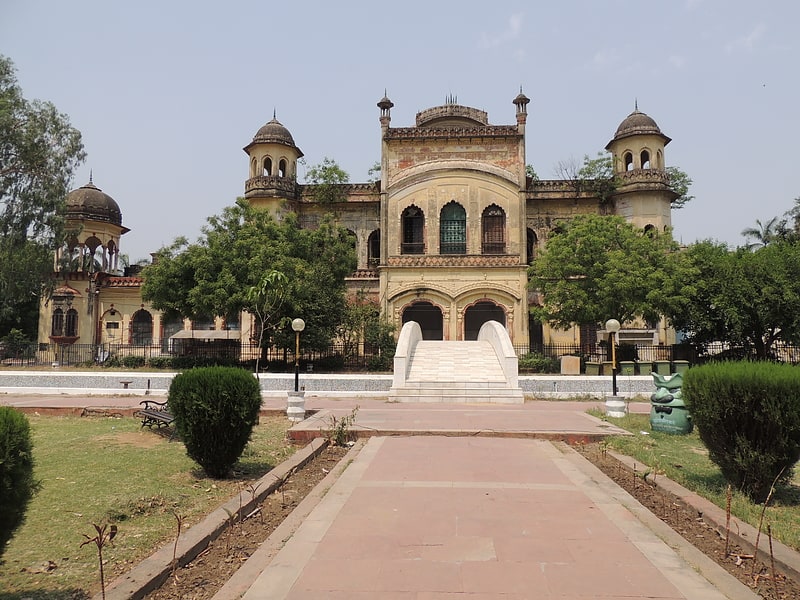
Also known as: कैसरबाग
Building complex. Qaisarbagh, also spelled Qaiserbagh, Kaisarbagh or Kaiserbagh, is a complex in the city of Lucknow, located in the Awadh region of India. It was built by Wajid Ali Shah, the last Nawab of Awadh. The campaigning Irish journalist William Howard Russell wrote a classic account of the looting of the Qaisar Bagh in 1858 by drunken British troops in the course of the Great Uprising/Indian Mutiny. A kiosk from the Qaisar Bagh gardens was sent to England as a tribute for Queen Victoria and now stands in the Frogmore Gardens at Windsor Castle.[6]
La Martinière College
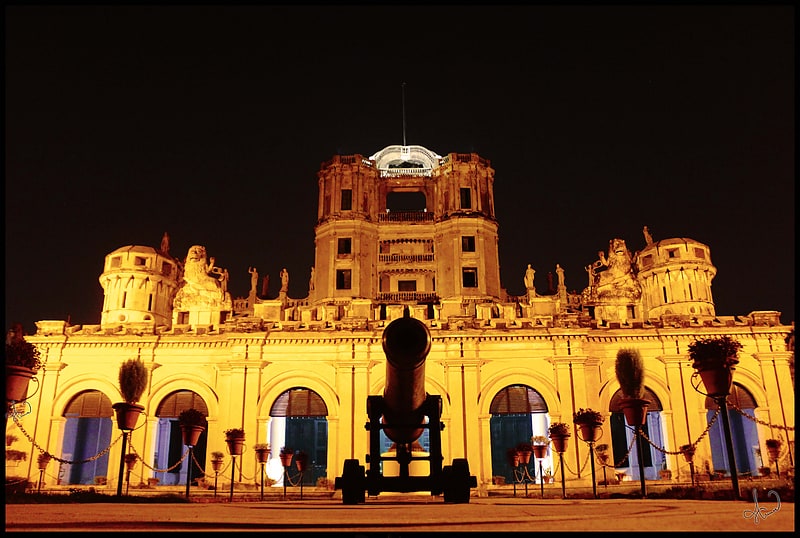
Private school in Lucknow, India. La Martinière College is an educational institution located in Lucknow, the capital of the Indian state of Uttar Pradesh. The college consists of two schools on different campuses for boys and girls. La Martinière College was founded in 1845 and La Martinière Girls' College was established in 1869. The Boys' College is the only school in the world to have been awarded royal battle honours for its role in the defence of Lucknow during the Indian Rebellion of 1857. The two Lucknow colleges are part of the La Martinière family of schools founded by the French adventurer Major General Claude Martin. There are two La Martinière Colleges in Kolkata and three in Lyon. La Martinière provides a liberal education and the medium of instruction is the English language. The schools cater for pupils from the ages of five through to 17 or 18, and are open to children of all religious denominations, the boys' school has a Chapel, a Hindu Temple and a Mosque on its campus and has remained a non-denominational school since its inception, unlike the two La Martiniere Schools in Calcutta which are Christian schools, controlled by the Anglican Church of North India. The schools have day scholars and residence scholars.
The Economist has described its Constantia building as "perhaps the best-preserved colonial building in Lucknow".[7]
Address: La Martiniere Road, 226001 Lucknow
Sankat Mochan Hanuman Temple

Hindu temple in Hulas Khera, India. Sankat Mochan Hanuman Temple is a sacred temple of the Hindu god Hanuman in the city of Lucknow, in Indian state of Uttar Pradesh.[8]
Address: Dr Birbal Sahani Marg, Lucknow
Colvin Taluqdars' College
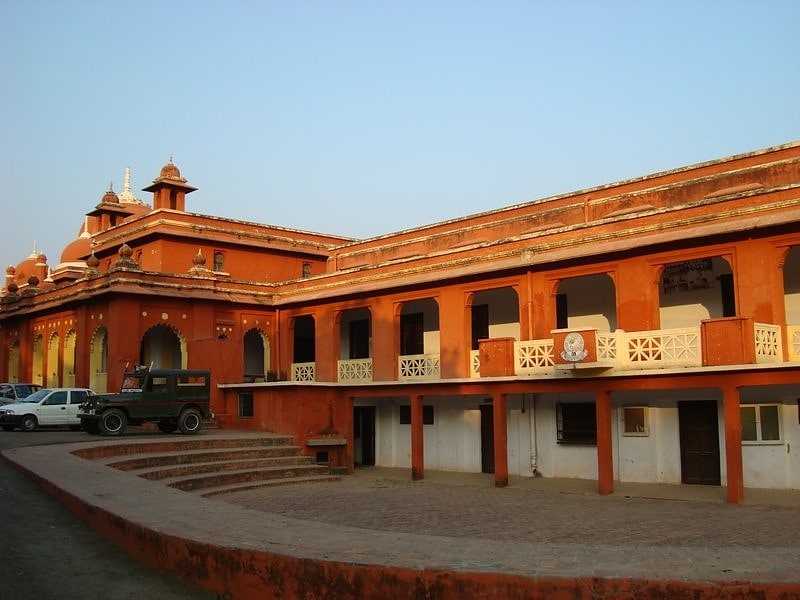
Also known as: कॉल्विन तालुकेदार्स कालेज
Public school in Lucknow, India. Colvin Taluqdars' College is a private school located in Lucknow, India.[9]
Husainabad Clock Tower
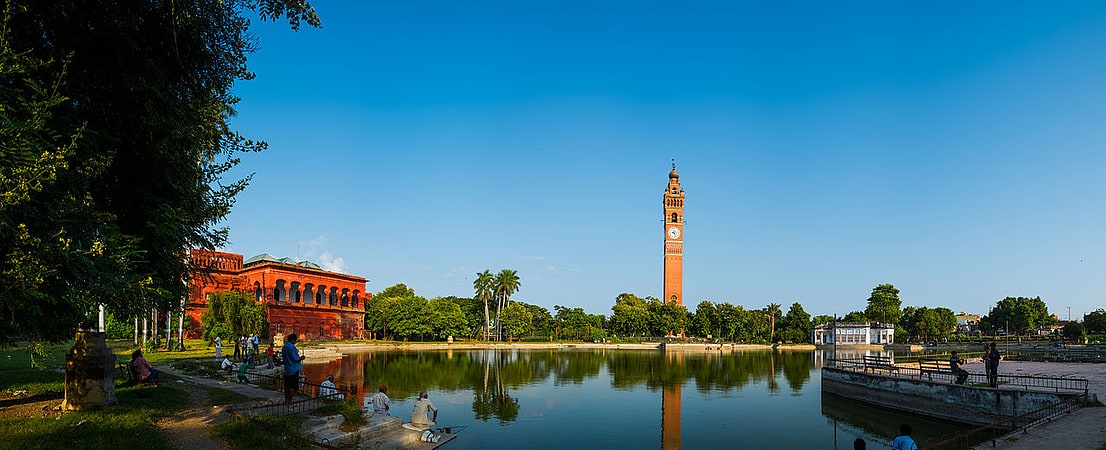
Historical landmark in Lucknow, India. Husainabad Clock Tower is a clock tower located in the Lucknow city of India. It was constructed in 1881 by Hussainabad Trust to mark the arrival of Sir George Couper, the first lieutenant governor of United Province of Avadh. It was built at a cost of Rs. 1.75 lakhs.[10]
Address: Hussainabad Lucknow, Lucknow
Janeshwar Mishra Park
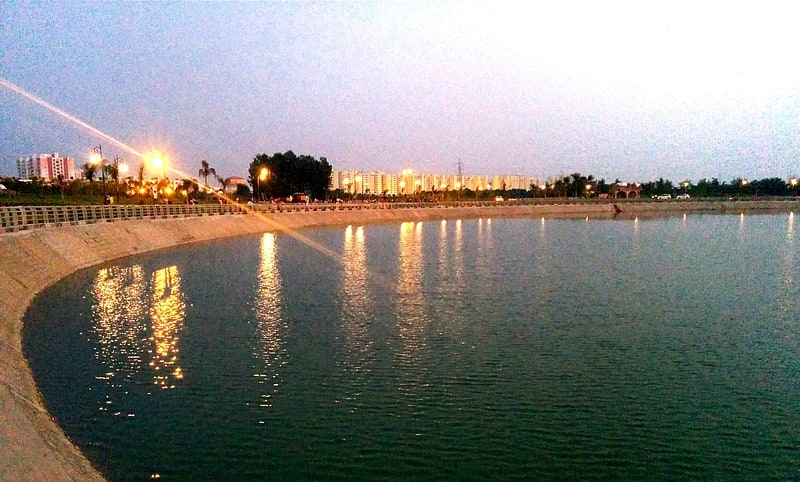
Janeshwar Mishra Park is an urban park operating in Gomti Nagar in Lucknow, India. It was named in memory of late politician Janeshwar Mishra from Samajwadi Party.[11]
Address: Public park, Gomti Nagar, Lucknow
Lucknow University
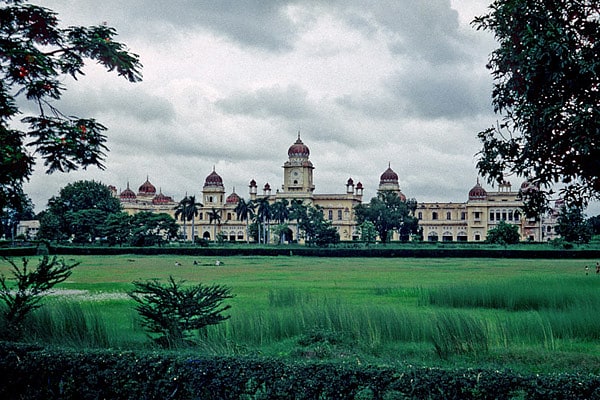
Also known as: लखनऊ विश्वविद्यालय
Public university in Lucknow, India. The University of Lucknow is a public state university based in Lucknow, Uttar Pradesh. Founded in 1867, the University of Lucknow is one of the oldest government owned institutions of higher education in India. LU's main campus is located at Badshah Bagh, University Road area of the city with a second campus at Jankipuram.
LU is a teaching, residential and affiliating university, organized into more than 500 colleges and 17 institutes, located throughout the city and other surrounding areas, covering 4 districts: Raebareli, Hardoi, Sitapur and Lakhimpur Kheri.[12]
Chota Imambara

Historical landmark in Lucknow, India. Chota Imambara, also known as Imambara Hussainabad Mubarak is an imposing monument located in the city of Lucknow, Uttar Pradesh, India. It took 54 years to finalize it. Built as an imambara or a congregation hall for Shia Muslims, by Muhammad Ali Shah, the Nawab of Awadh in 1838, it was to serve as a mausoleum for himself and his mother, who is buried beside him.
The significance of Panjetan, the holy five, is once again emphasized here with five main doorways. This Imambara consist of two halls and a Shehnasheen Zarih is the replica of that protective grill or structure which is kept on the grave of Imam Husain at Karbala, Iraq. The large green and white bordered hall of Azakhana is richly decorated with chandeliers and a good number of crystal glass lamp-stands. In fact, it was for this profuse decoration that the Imambara was referred by European visitors and writers as The Palace of Lights. The exterior is very beautifully decorated with Quranic verses in Islamic calligraphy.[13]
Upper Gangetic Plains moist deciduous forests
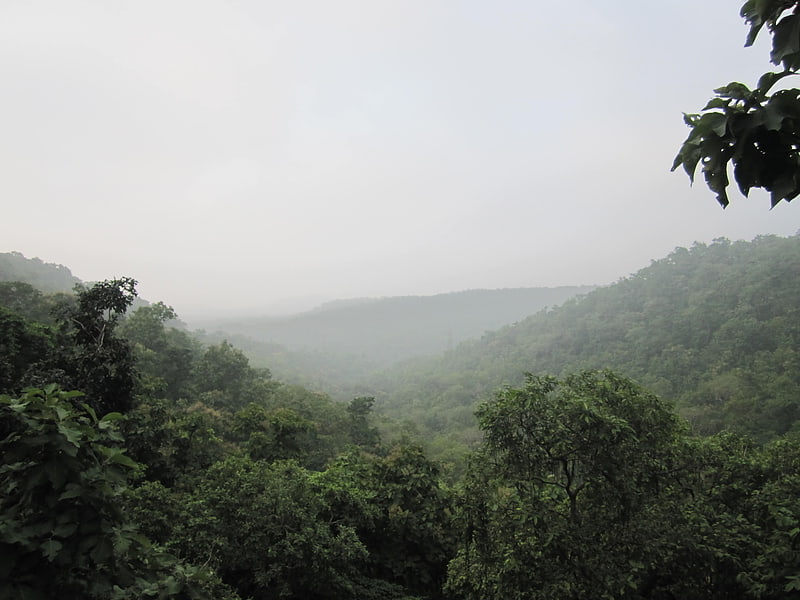
The Upper Gangetic Plains moist deciduous forests is a tropical and subtropical moist broadleaf forests ecoregion of northern India.[14]
Lohia path

Lohia path is an 8-12 lane road in Lucknow, in the Indian state of Uttar Pradesh, connecting the Hazratganj shopping district with Government Polytechnic, the Gomti Nagar neighborhood and ending at Kalidas Marg, the residence of Uttar Pradesh's chief minister. It displays beautiful railings and lamp posts on both sides. In addition to vehicular lanes, it includes a bicycle track and footpath. It was built under the government of Mulayam Singh Yadav in 2005 and was inaugurated in 2007.[15]